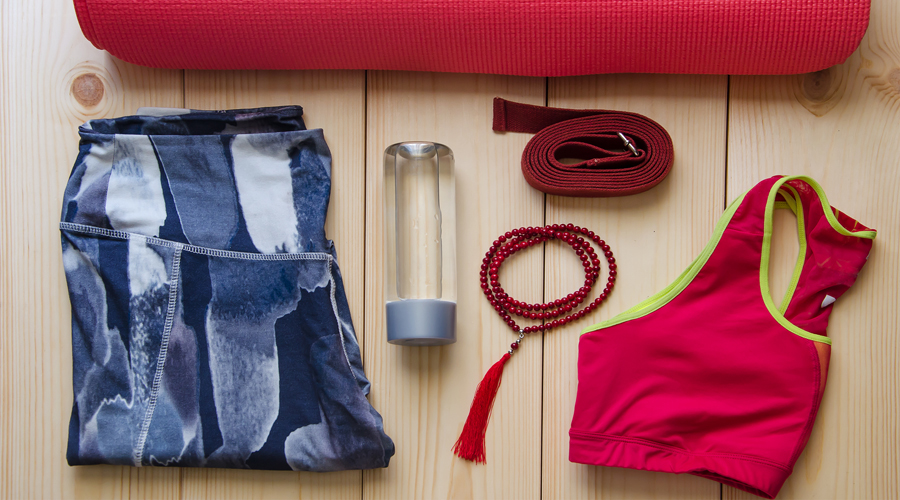A sample study sought to understand the clothing practices of obese women who engage in physical activity. Findings revealed that women feel it is nearly impossible to be both obese and feminine in exercise clothing.
The study, titled “Coping by crossdressing: an exploration of exercise clothing for obese heterosexual women,” head authored by Deborah A. Christel, identified two main themes from collected data that show plus-size women have no freedom in dress and that weight loss is positioned as the only solution to express feminine gender.
“These themes represent two different ways of understanding the concepts of the fat body and exercise clothing,” Christel wrote. “First, as the body gets larger the freedom to dress femininely is reduced, and second, obese heterosexual women believe they need to lose weight and will have more feminine exercise clothing options once they do. Until then, they will cope by crossdressing.”
The study also referenced data from the 2016 Physical Activity Council Report that shows more women are falling into the plus-size category in activewear, as participation in physical activity for adult women has decreased and body size has increased.
“Overweight individuals are considered the majority demographic in the United States; however, plus-sized clothing sales are minimal in comparison to other segments,” the study explained.
The CDC reported 69.1 percent of the population in the U.S. is considered overweight and within this group, 35.1 percent is classified as obese. They marked the average U.S. woman at a 37.5-inch waist.
Using that market, the researchers found that Lululemon’s largest pant size fits a 32.5-inch waist, while Nike’s XXL pants go up to 38.5- to 40.5-inch waists, with very limited options within that range.
A separate 2014 study found that having desired clothing for exercise can promote physical activity and help obese women overcome weight bias (Lou Watkins et al. 2014). Still, Christel’s research finds that plus-size women have a difficult time finding activewear that fits well, provoking the feelings of exclusion and frustration with the retail experience.














